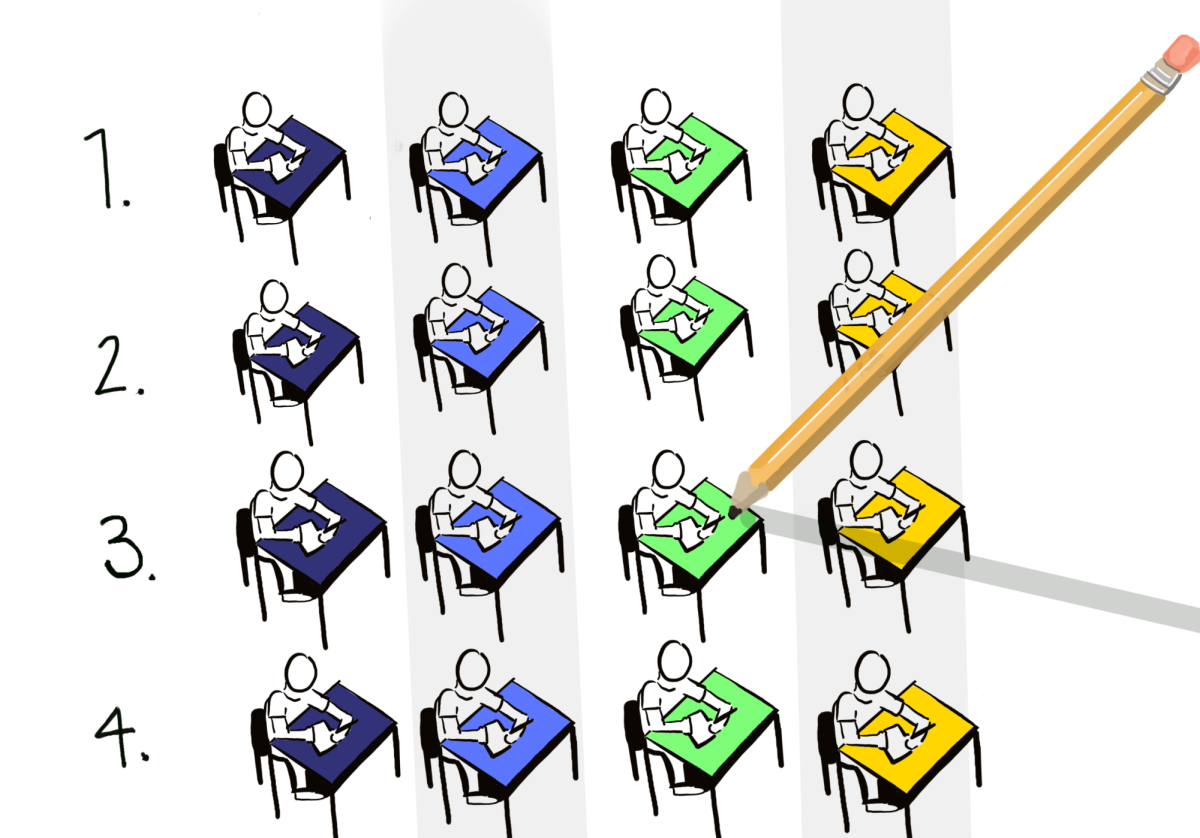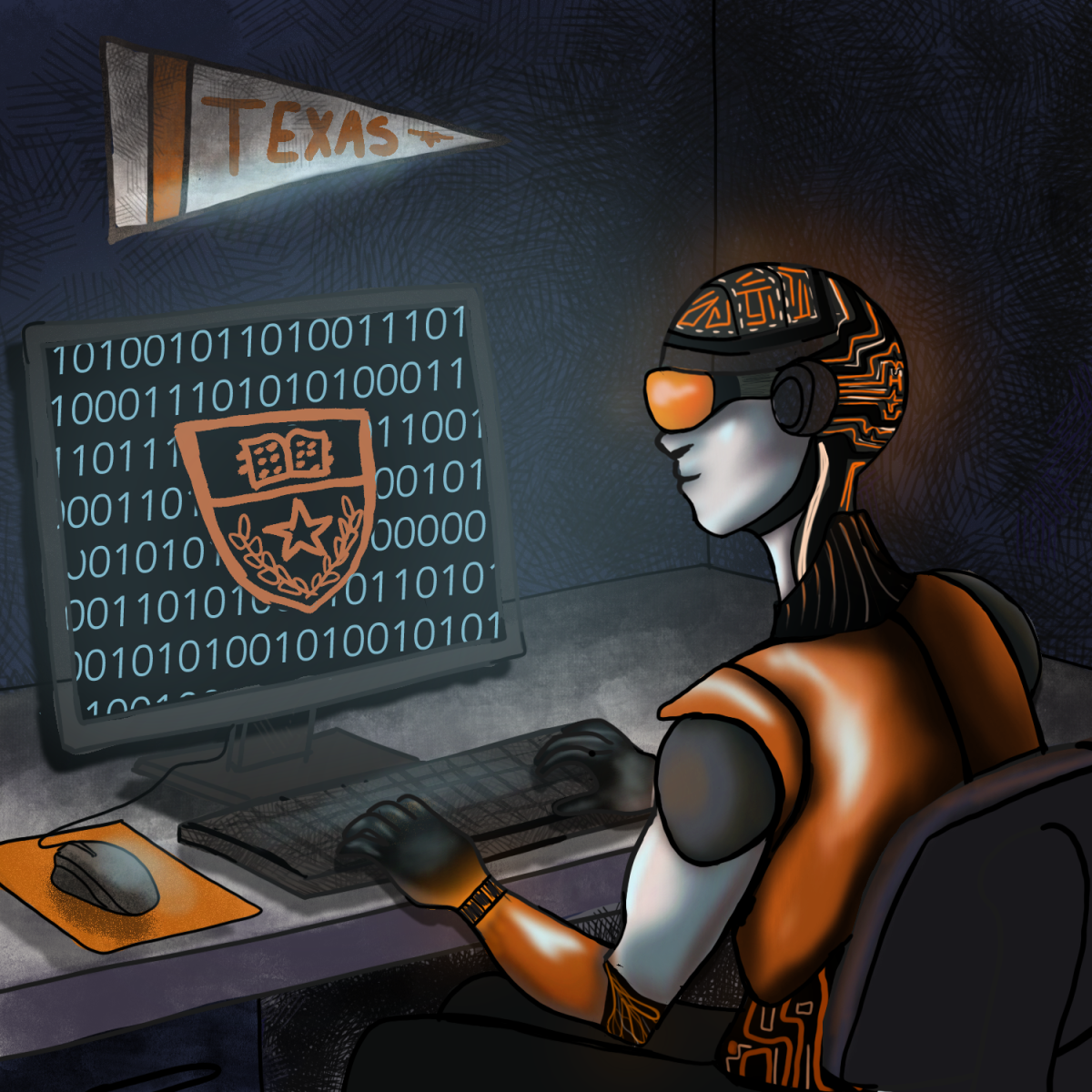Despite all of the positive attributes of a world-class campus, access continues to weigh down UT. Specifically, there are barriers in dormitories and other buildings that prohibit disabled individuals from fully accessing them. UT must build elevators, improve existing ramps and build new ramps to fully create a inclusive environment for our disabled classmates.
Now, UT building policy mandates there to be at least one way for a disabled person to get in to a building. This definition must be expanded to give disabled people access to the entirety of the campus.
Government sophomore Caroline Graves uses a wheelchair to get around campus. She lives in San Jacinto, where she has complete access to all parts of the building thanks to a plethora of ramps and elevators. In other places, though, current construction prevents Graves’ ability to move freely about a building.
“I have friends who live in the (Brackenridge, Roberts and Prather Residence Halls) or the Blanton and Carothers quad area and can’t really visit them in their rooms because, as far as I know, these buildings aren’t accessible or have elevators,” Graves said.
The same is true for Kinsolving, where one of the two accessible entrances is on the side of the building and is not immediately open to use. One elevator takes you from the first floor to a study lounge. There is no way a person in a wheelchair can access rooms on any of the other upper floors. Moore Hill is similar; there are a few ramps leading to the first floor of the building, but those in wheelchairs are extremely limited in their access once inside.
These two examples — and Graves’ revealing experience — beg the question: Why build ramps to inaccessible floors? These buildings are effectively shut off to disabled students if there is no elevator. Part of the college experience is socializing in dorms and joining clubs in new buildings, and disabled students’ rights to these experiences are limited because of this technicality. This must change.
The school is subject to federal law, of which the Rehabilitation Act of 1973 states, “No otherwise qualified individual with a disability in the United States … shall, solely by reason of her or his disability, be excluded from the participation in, be denied the benefits of, or be subjected to discrimination under any program or activity.” Something as simple as visiting a friend is an activity every college student should be able to do, and this can be made possible to disabled students via ramps and elevators.
Beyond the law, disabled people simply deserve equity.
“People with disabilities just want to have the same opportunities and experiences as able-bodied people do,” Graves said. “We want to go to class, hang out with friends and go to events just like anyone else would.”
UT cannot claim to be a fully inclusive institution while failing to allow disabled students into every part of campus. The school must be proactive for its disabled students by installing the infrastructure necessary. Proper access is vital to the livelihood of a valuable community.
Kosinski is a journalism freshman from San Rafael, California. Follow him on Twitter @willkosinski.





















